#Utricularia
Text
Bog terrarium 🌿
Planted with the following carnivorous plants:
Drosera slackii Hermanus
Drosera capensis alba
Pinguicula esseriana
Pinguicula 'Weser'
Utricularia sandersonii
Utricularia livida


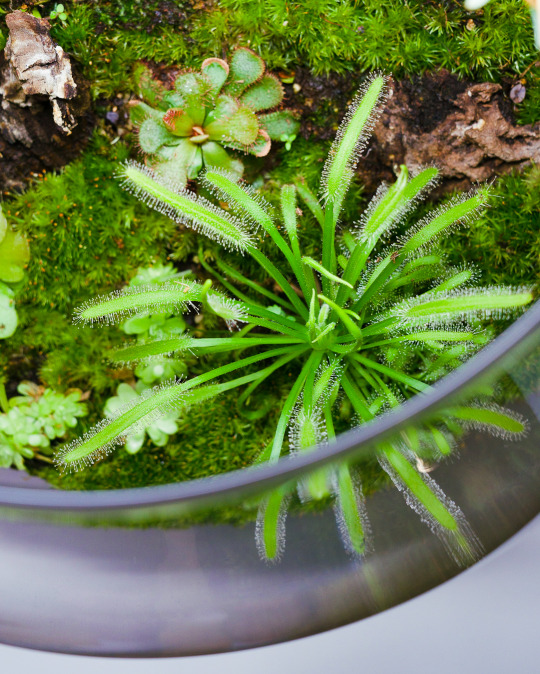

#terrariumdesign#terrarium#carnivorous plants#carnivores#terrariumlove#terrariums#mossterrarium#mossgarden#drosera#pinguicula#utricularia
110 notes
·
View notes
Text
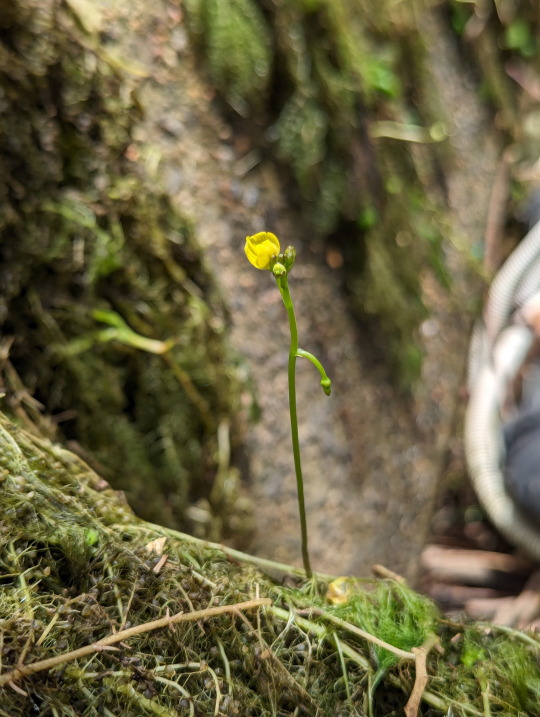


Golden Bladderwort surviving well after being washed up.
18/01/24 - Utricularia aurea
QLD:WET
#nature#Utricularia aurea#Golden Bladderwort#Magnoliopsida#Dicots#Plantae#plants#botany#Angiospermae#Flowering Plants#angiosperms#Bladderworts#Utricularia#Tracheophyta#Vascular Plants#Lamiales
28 notes
·
View notes
Text


Utricularia striatula Flowers.
#Utricularia striatula#Utricularia#flower#flowers#flora#plants#epiphytes#flowers of india#flowers of western ghats#flora of india#flora of western ghats#botany#insectivorous plants#carnivorous plants#carnivorous#insectivorous#flower photography#photography#biodiversity of western ghats#western ghats#western ghats of india#utricularia flowers
57 notes
·
View notes
Text
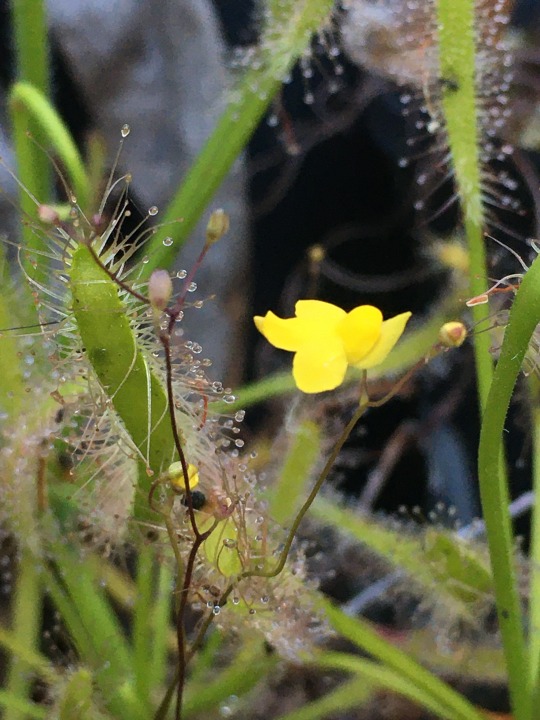

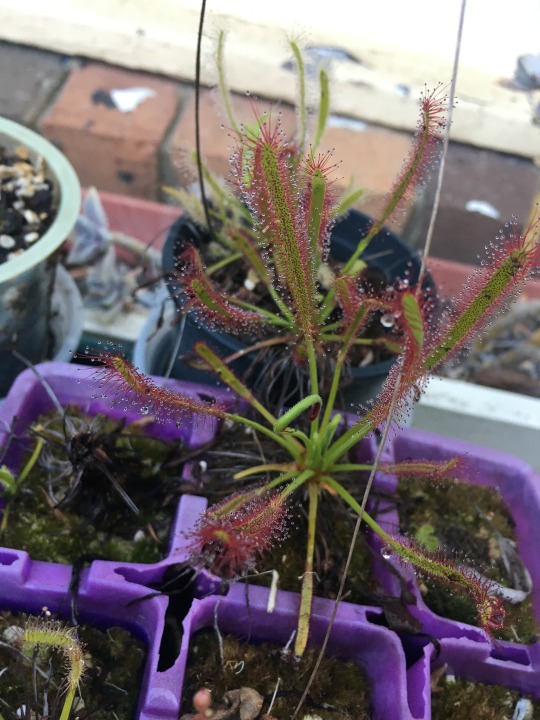

shoutout to plants I never purchased but now grow in my collection in large numbers. gotta love those guys
#carnivorous plants#carnivourousplant#plantblr#carnivorous plant#carnivorousplants#gardening#my plants#sundews#drosera#utricularia#bladderwort
44 notes
·
View notes
Text


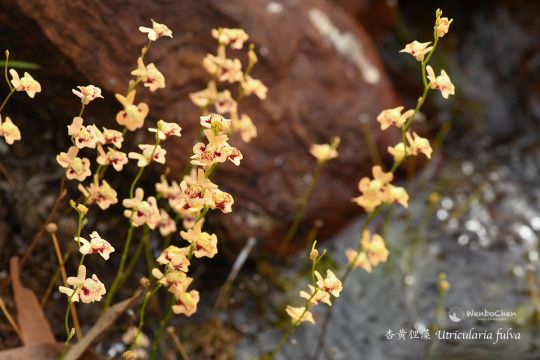

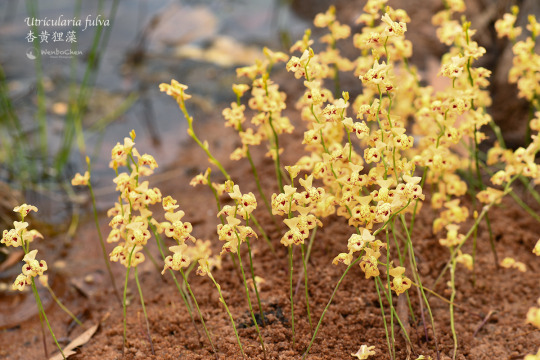
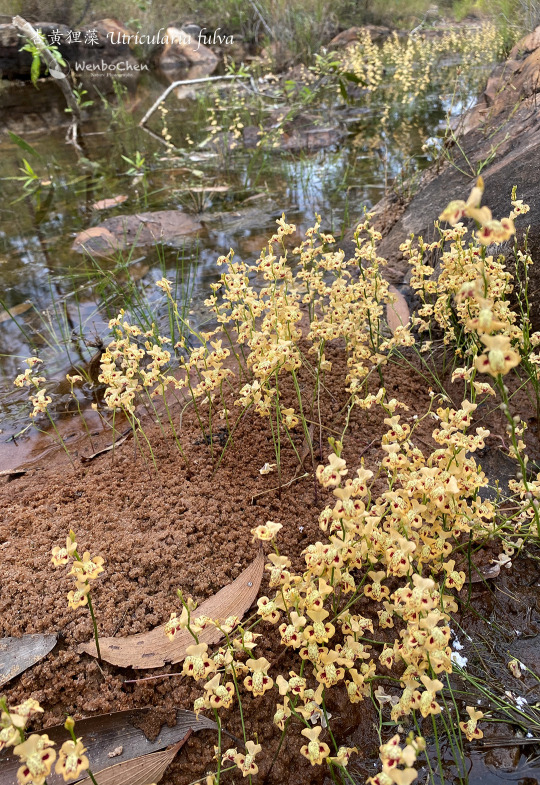
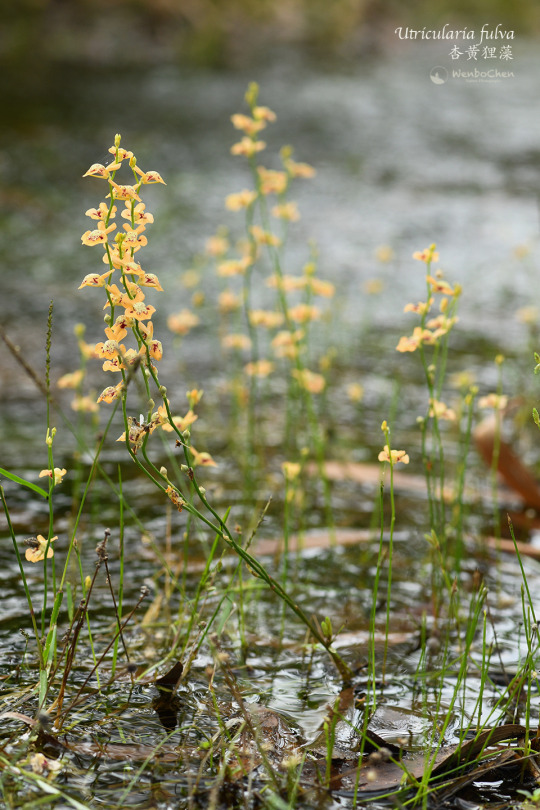
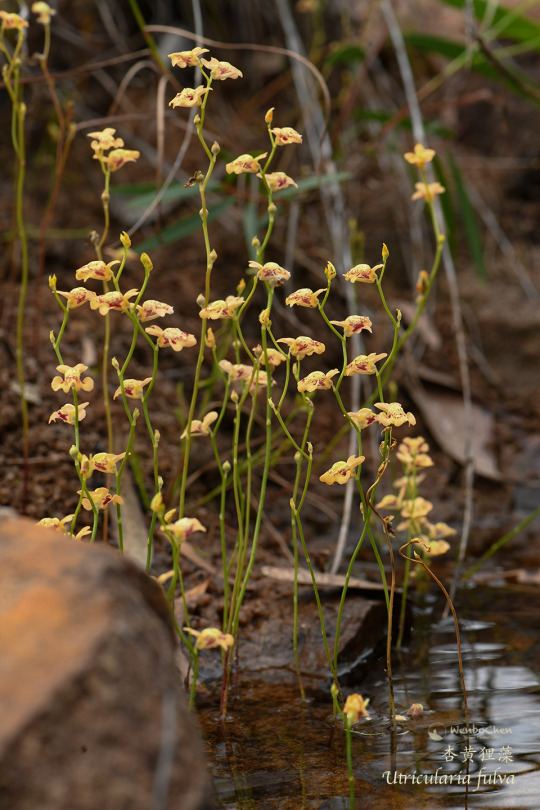
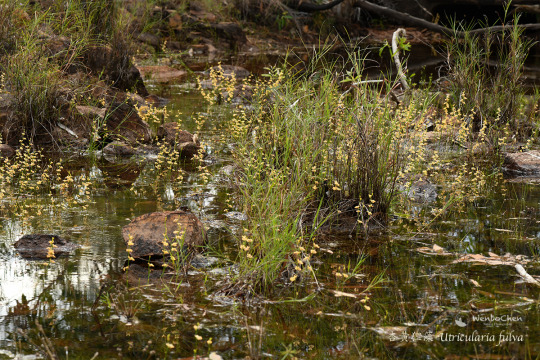
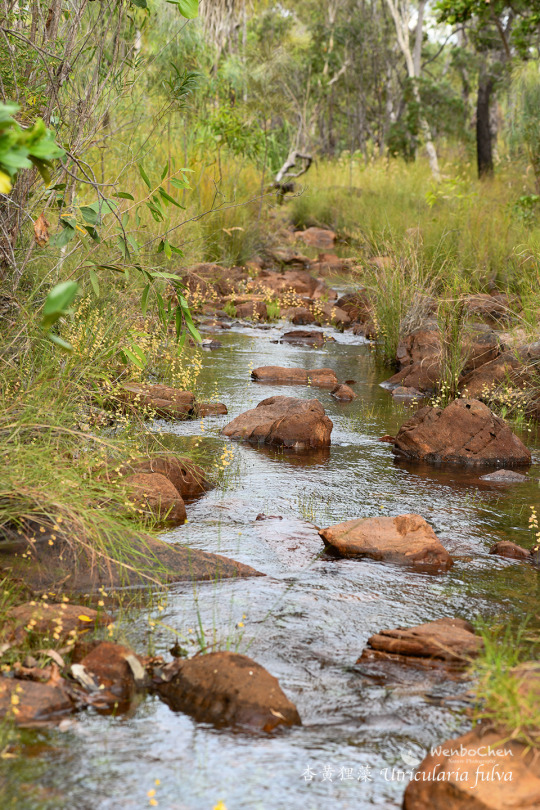
How Utricularia fulva grows in its natural habitat: the shallow creeks in the Top End of Northern Territory.
41 notes
·
View notes
Text
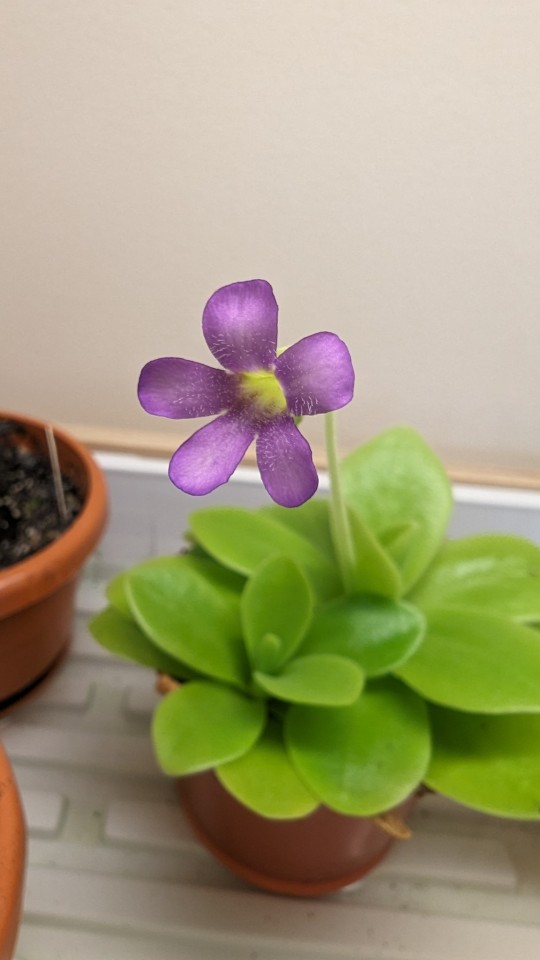



A bunch of my carnivorous plants are in bloom right now! Top left is my Pinguicula gigantea, top right is my Pinguicula aphrodite, bottom left is my Utricularia sandersonii, and bottom right is my Utricularia subulata! Most have been pushing out blooms since July, but this is the first time my P. gigantea has bloomed, I've neglected it several times the past 3 years I've had it, but it's a trooper.
12 notes
·
View notes
Text
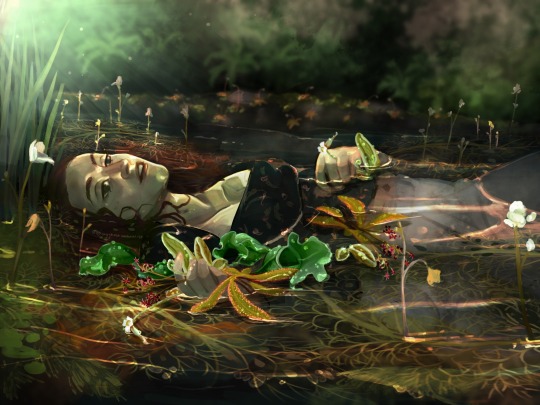

I’ve been thinking about the Ophelia / beautiful dead girl thing that is played over and over in a confusing way. I can’t really put it into words, something about there being layers to motifs and plants that are rarely pushed deeper than the immediate concept. I thought I’d try something different. These are all “carnivorous” plants, not truly ‘meat-eating’ more like catching vitamin supplements or making their own nutrient rich soil.
The first plant I wanted for this was Utricularia, the ‘bladderworts’ (bladder= sac, wort =plant), they’re under the surface. They have trigger hair bladders of varying size, some are just to catch zooplankton. They’re beautiful under the water but with just stems and flowers poking out above.
I picked the plants I chose carefully, but a lot of these notes I found after the fact. (and @crypto-botanist had perfect pictures and a very enviable username) like Drosera linearis, the sundew with red flowers. They reproduce asexually so energy sunk into flowers that don’t actually facilitate sexual reproduction is bananas! I used wiki to look through species lists and apparently Darwin said this: “…at the present moment, I care more about Drosera than the origin of all the species in the world.”
Sarracenia purpurea, the pitcher plant I chose (pics from crypto-botanist, again), is the only species that grows in cold climates. A wide distribution range is a huge advantage when ~97% of your genera’s habitat is gone. The weird thing, though, is that their seeds usually get only 5cm away from their parent plants. How did they get spread all over? We don’t know! They also have a microbiome in their pitcher fluid that helps them break down their … acquired nitrogen source. As I’m primarily a microbiologist, this makes me very happy.
The last is a butterwort, Pinguicula lusitanica, isn’t the most memorable carnivorous plant. It can be weedy for cultivators though it isn’t very genetically diverse to adapt to environmental change, still vulnerable despite temporary proliferation. Mostly this one represents one of the things I love about botanists, the love for the inconspicuous and seemly unremarkable. This popped up in the notes I found from pinguicula.org under the pictures took in the field with little personal notes and exclamation points. The ability to be obsessed with something no one else thinks about and just being excited that it exists. Scientists are very sentimental.
So I guess the flowers I chose here are analogous to Ophelia’s. Showy plants with more to offer if you manage to look (re plant blindness) and the way I’ve grown attached to this concept of poison ivy but actually as sentimental, passionate, angry and conflicted as we can be. Something like that.
#poison ivy but she’s an actual botanist#botany 2022#botany#drosera#utricularia#sarracenia#pinguicula#poison ivy art#poison ivy#poison ivy dc#pamela isley#carnivorous plants#pitcher plant#sundew#bladderwort#butterwort#character design#concept art#ophelia#illustration#artists on tumblr
180 notes
·
View notes
Text
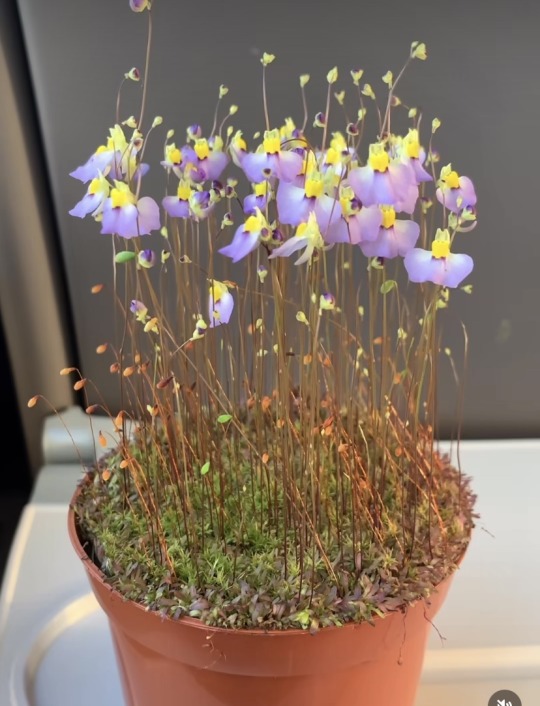
Utricularia bisquamata
18 notes
·
View notes
Text
I went outside yesterday 🎃



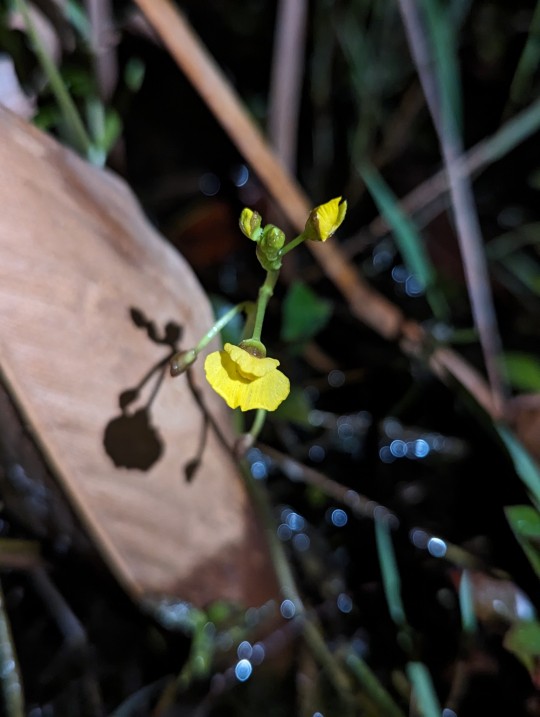

#utricularia#bladderwort#flowers#spider#millipede#aqautic#wetland#i freaking love plants#utricularia??? goes so hard#carnivorous plants#make me so happy#my feet were wet#my socks were soggy
5 notes
·
View notes
Photo

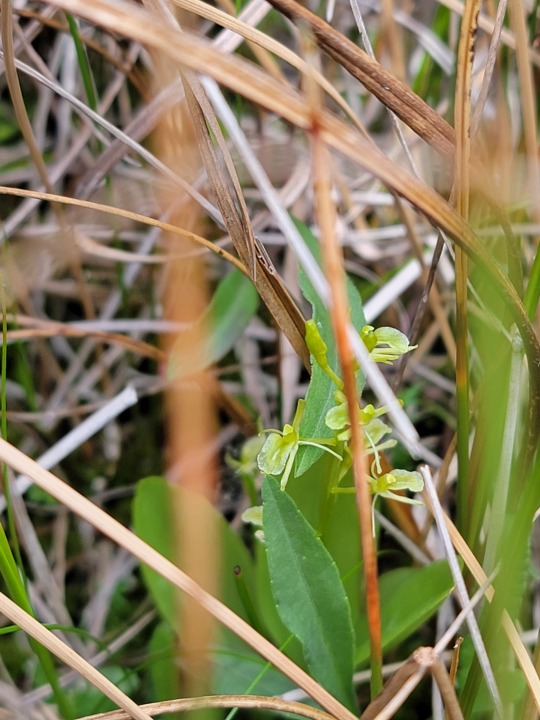
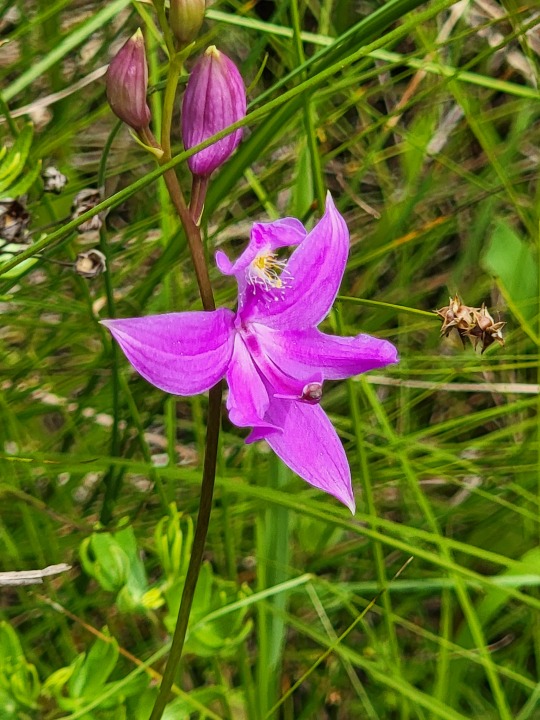
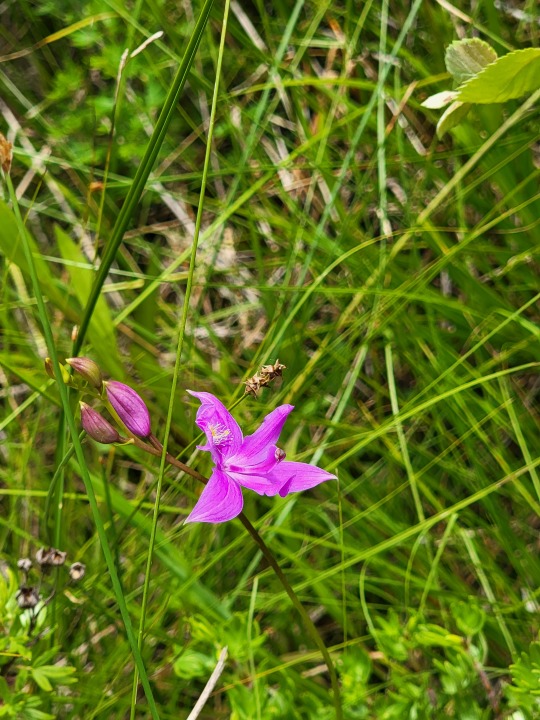

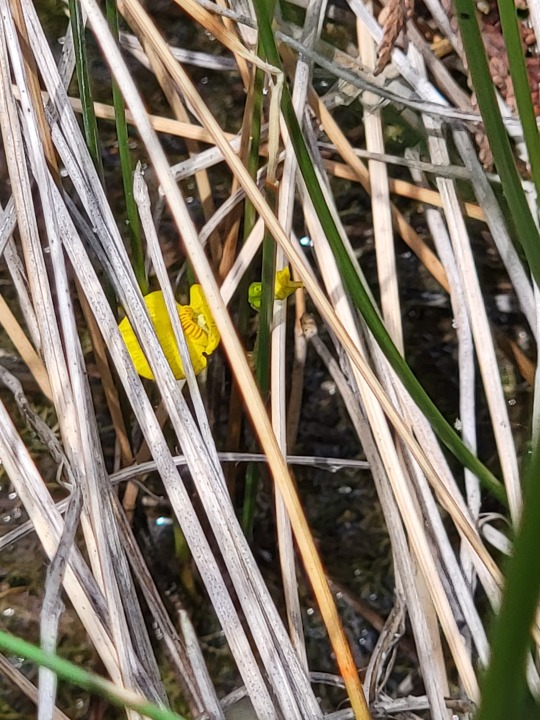
a few wet meadow, specifically shallow water wet meadow obligates but not necessarily fen obligates or bog obligates.
While these are all part of the flora associated with the sedge meadows and marl flats of Cedar bog(a fen) they are not limited nor committed to cold water streams or cold ground water. Just areas where water levels and turbulence are never in fluctuation and with moving water with enough motion to not be stagnant but also have low competition for light requirements.
The first pictured is a species of twayblade orchid
Liparis loeselii , yellow lipped twayblade, fen orchid, or bog orchid(though I have never heard of this species in a true bog).
In Hueston woods sp, by the archery range and banding station, there is a road cut that seeps out of ordovicean clay in between bedding layers of Ohio’s famous fossiliferous limestone. It has very alkaline water quality and seems to be hydrologically active through out the year. This is a cut and not a true fen however, yet, here i’ve seen the most fen orchid instead of places like Gallagher fen, Zimmerman State Nature Preserve, or Cedar Bog SNP. Still in open sun though, still requiring no shading out.
This next species is a cryptic species in my opinion, you wouldn’t know it existed unless you saw it in bloom or were identifying everything in a quadrat by keying. It really does look like a strange sedge/monocot at first glance before the buds appear. Even grass like when the inflorescence hasn’t produced buds. When it’s in bloom or in seed, it’s clear as day.
Grass Pink Orchid, pineland orchid, pink sedgemeadow orchid, tuberous rooted grass pink orchid.
Calopogon tuberosus
A catapult orchid with a really cool weight based lobellum lever that easily hinges downward tword’ the column and anther cap.
an interesting pollination symptom but thats only half of that story.
The species is really associated with nutrient poor (ericaceous) soils that are somewhat acidic at surface with well leached mineral based soils associated with the horizon below. I’ve seen these in wet areas of pine lands and seep meadows on hills in Missouri that are both not true fens nor bogs. Bogs and fens are usually where most people claim to see these.
Flat leaved trailing bladder wort,
Utricularia intermedia
there are a few flat headed wide brimmed trailing bladderworts in this fen’s sedgemeadow/marl flat complex. It’s luckily easy to ID them from phenology of blooms because taking them out of water and allowing them to flatten out from desiccation on the boardwalk is prohibited. I don’t blame them for having these policies because they are really cool plants and I want more of them not less, rather not risk any damage to them and they are rare in Ohio. Very delicate, require clear water, low turbulence and no rough substrate. Ample sunlight is also critical for this species to thrive. The frond like foliage has no floaters or pneumatophores, terminal bladders which can be seen, and they appear to lay flush and imbricate in water, yet to truly identify it looking at how flat and squared off these leaf like branches are is critical. The bladders are like venus fly traps for underwater microorganisms like water fleas. If you feel lost on ID, check out the identification book in the naturalist center, cross reference with INAT, and ask the naturalist.
#Utricularia#utricularia intermedia#wetlands#wet meadow#meadows#meadowcore#prairie grass#prairie core#prairie#ohio#flora#plants#plantblr#plantcore#cottagecore#meadowscape#fen#orchids#orchidaceae#carnivourousplant#calopogon#calopogon tuberosus#liparis#liparis loeselii#flowers#kawaii#uwu
22 notes
·
View notes
Text

Utricularia minor growing wild in the UK!
#utricularia#utricularia minor#carnivorous plant#carnivorous plants#bladderwort#bladderworts#plantlover#plant life#plant blog#botany#horticulture
25 notes
·
View notes
Text
The small carnivorous plants bog is going really well! 🌿
It has changed a bit since I set it up. In the set-up video, I had put in Empetrum nigrum and Calluna vulgaris. Unfortunately, both plants died after a while and I can't say what caused this.
I then planted the bottom completely with moss and added Utricularia sandersonii and Utricularia livida.
But the Drosera capensis alba in particular, which can be seen at the front right, has grown really big. In the meantime, it has formed some offshoots and is even flowering! 🌼
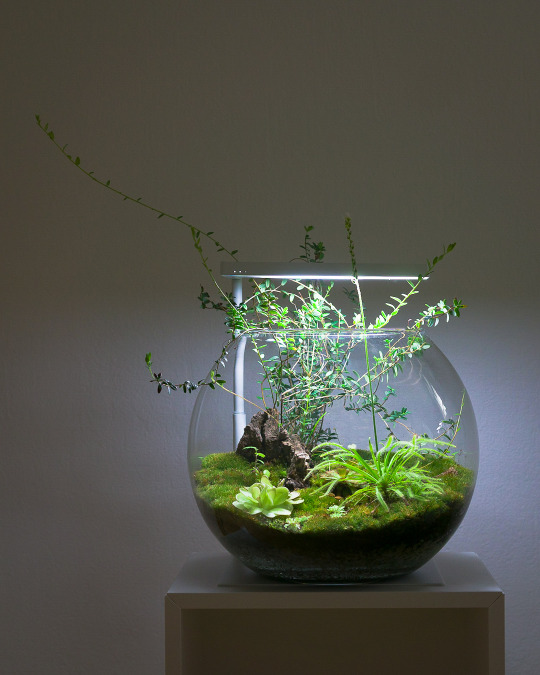
Materials I used for this:
Similar glass:
Spherical vase - https://amzn.to/3PjJ3Pp
Substrate:
Clay granules - https://amzn.to/3jduUr2
Carnivorous substrate - https://amzn.to/3hxC1Kv
Plants:
Drosera slackii hermanus
Drosera capensis alba
Pinguicula esseriana
Pinguicula weser
Vaccinium macrocarpon
Leucobryum glaucum
Light:
ONF Flat Nano Plus
If you would like to see how I set up the terrarium, take a look at my set-up video!
#carnivorous plants#carnivores#terrariumdesign#terrariumplants#terrariumlove#plantedtank#mossterrarium#mossgarden#drosera#pinguicula#utricularia
24 notes
·
View notes
Photo



Utricularia sandersonii, via hantsflytrap.com
#flowers#carnivorous plants#Utricularia#utricularia sandersonii#green#leaves#mine#upload#well its my post#in other news our u. reniformis is completely dead :pensive: at least our u. longifolia is doing well#our flytrap saracenia and 2 pitcher plants are doing quite well though :)#actually the st. gaya had a baby so its 3 pitcher plants now!
6 notes
·
View notes
Text

Utricularia striatula Flowers. Tiny and Cute.
#Utricularia striatula#Utricularia#Utricularia flowers#flower#flowers#flora#plants#flowers of india#flowers of western ghats#flora of india#flora of western ghats#western ghats of india#biodiversity of western ghats#carnivorous plants#carnivorous#insectivorous plants#insectivorous#epiphytes#tiny flowers#cute flowers
12 notes
·
View notes
Photo
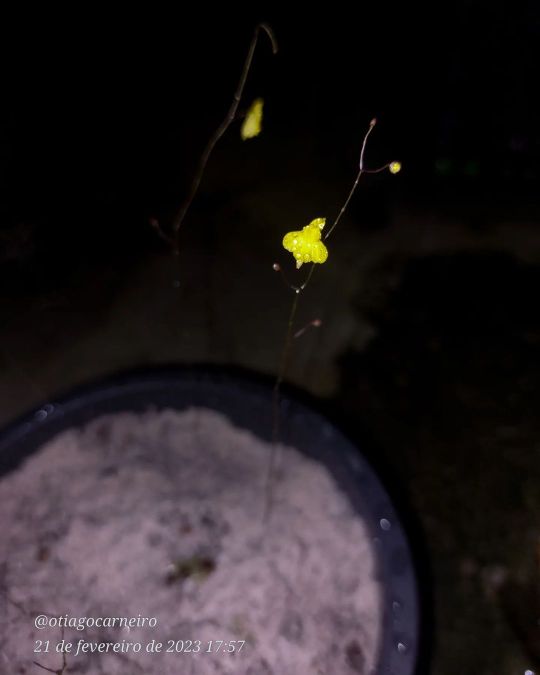
Utricularia pusilla. Planta carnívora terrestre anual que pertence ao gênero Utricularia. Porque nem só de orquídeas vive o homem. 🤣🌱🌿🧠🙏🏻 #utricularia #utriculariapusilla #plantacarnivora #floradobrasil #floradaamazonia #florabrasileira #flora (em Belém, Brazil) https://www.instagram.com/p/Co8K4NWLbxm/?igshid=NGJjMDIxMWI=
0 notes
Text


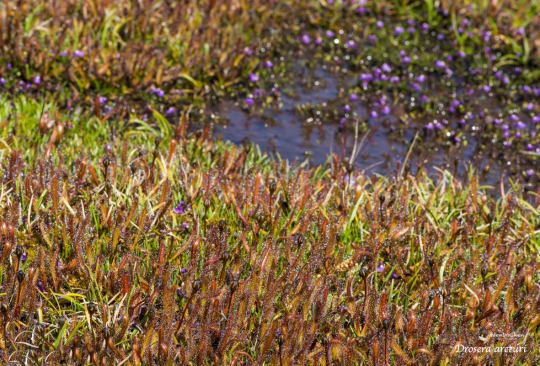


In the alpine region of Victoria Australia, Drosera arcturiand Utricularia monanthos can be found growing together in sphagnum moss bogs.
17 notes
·
View notes